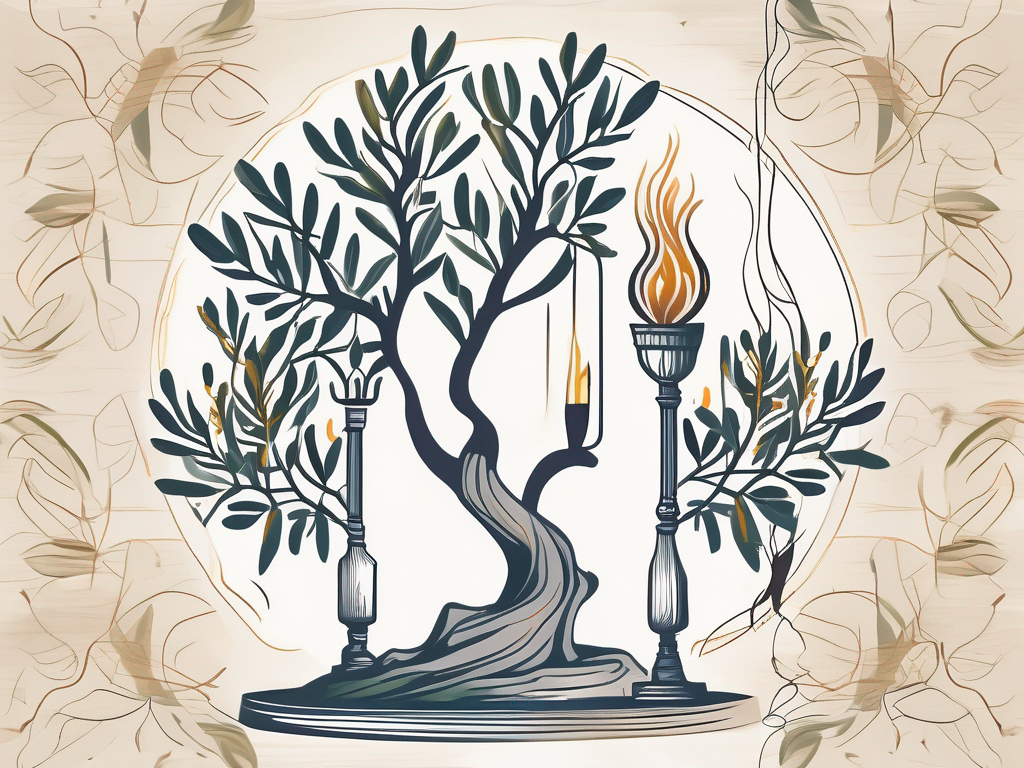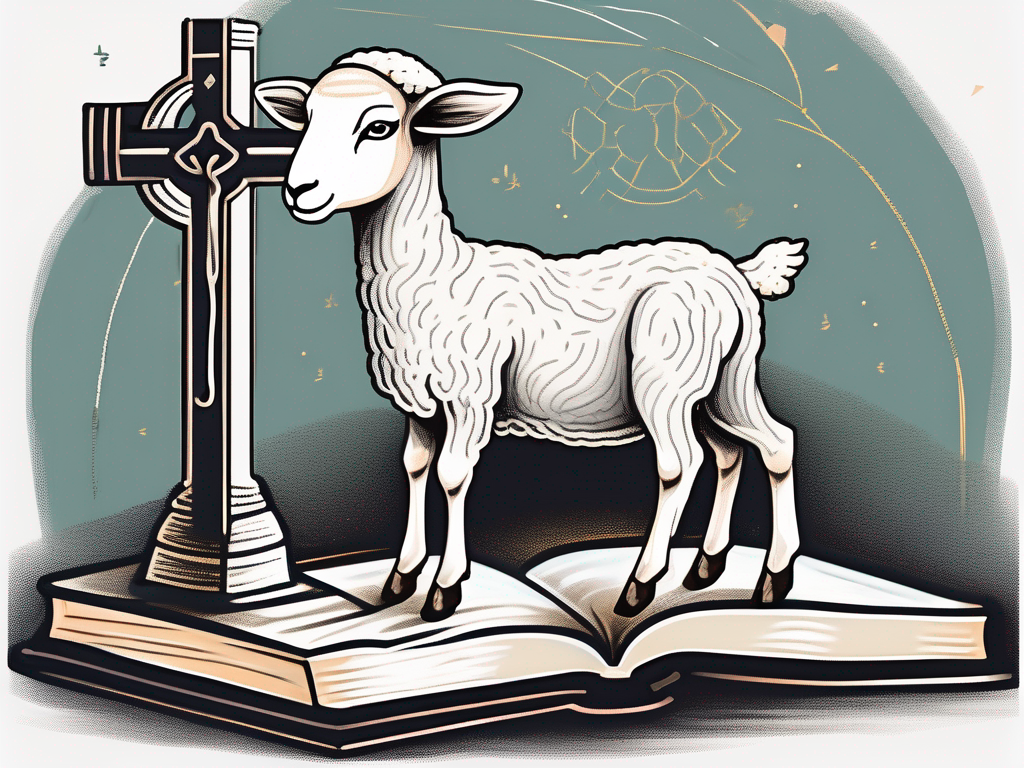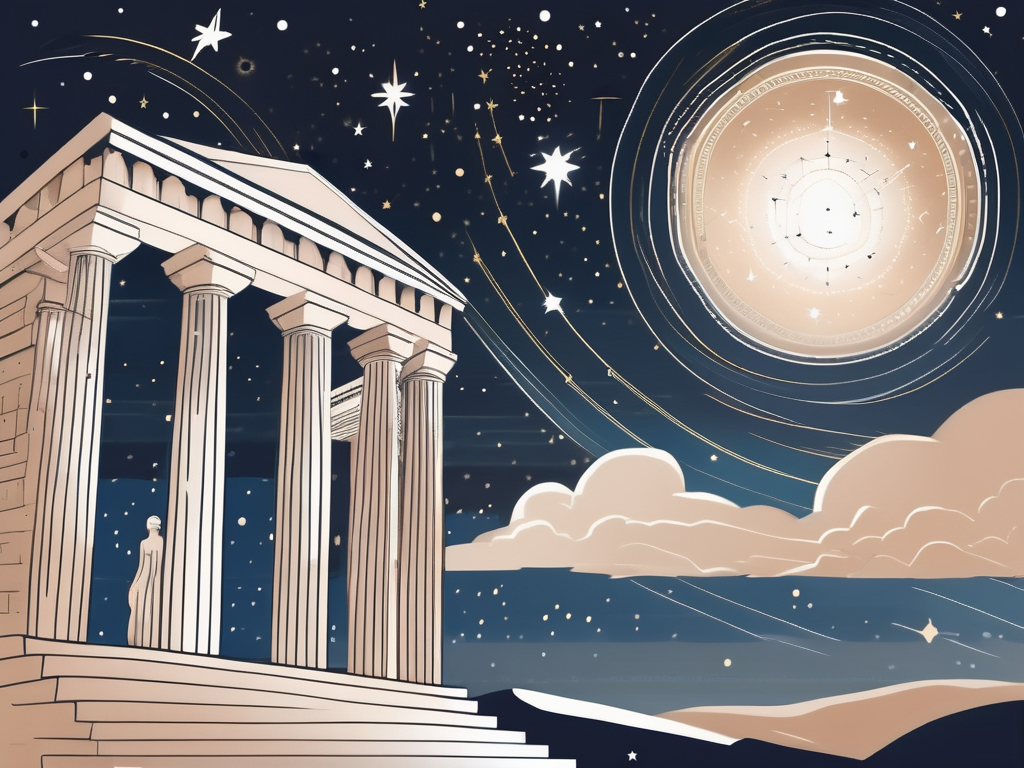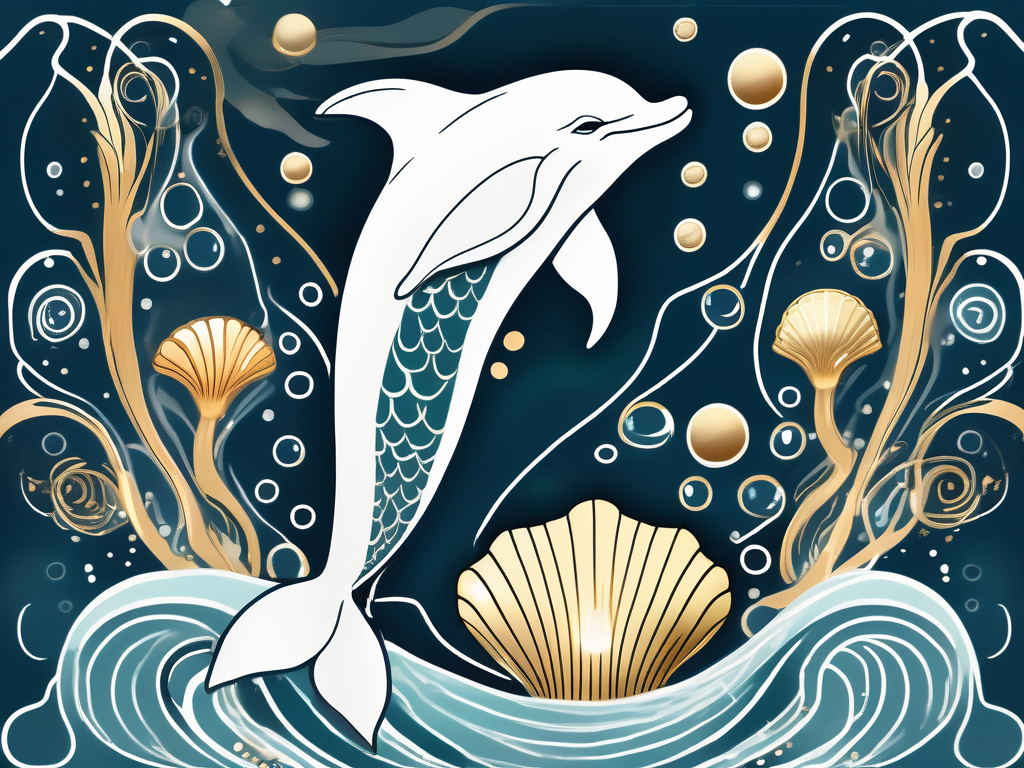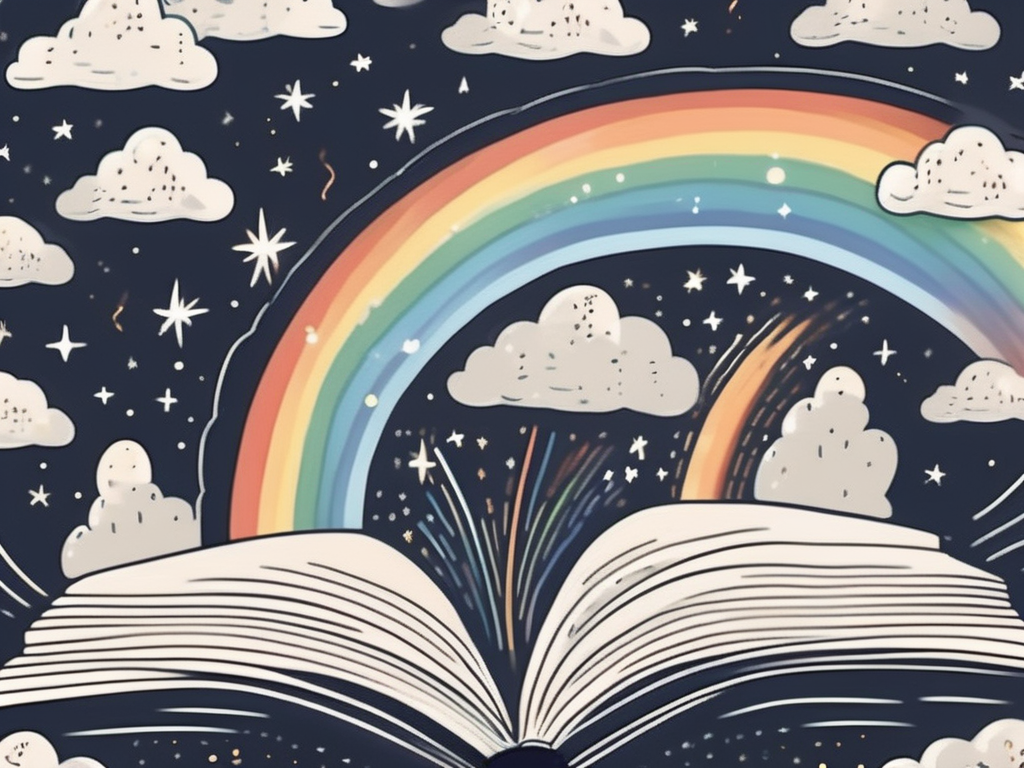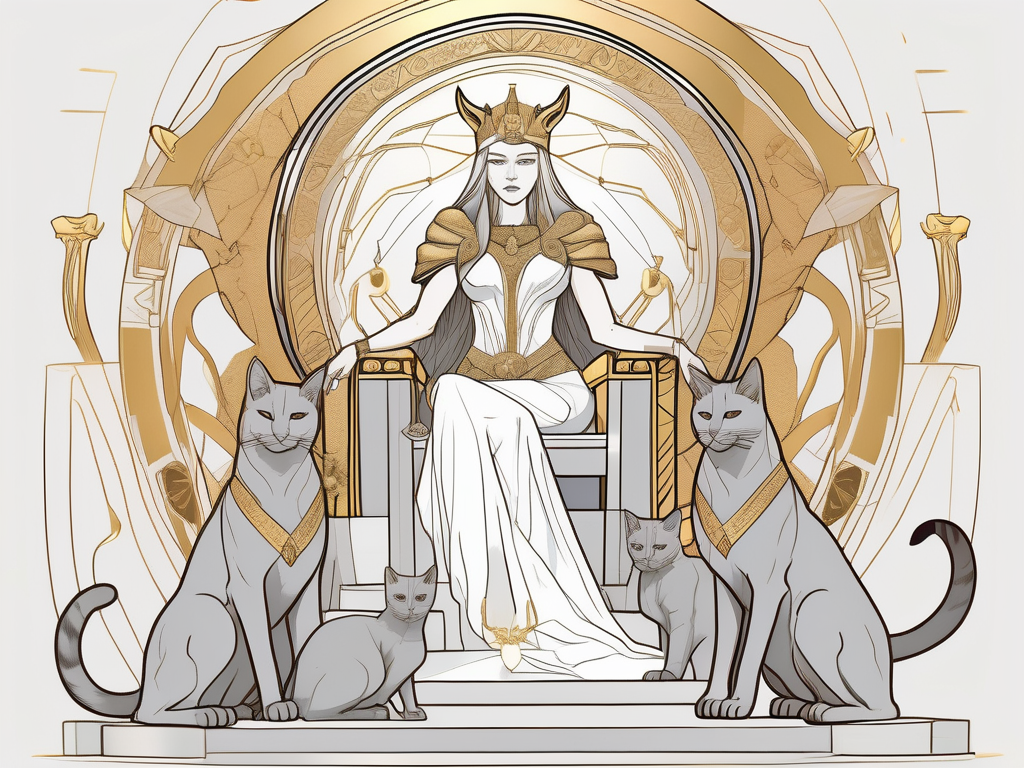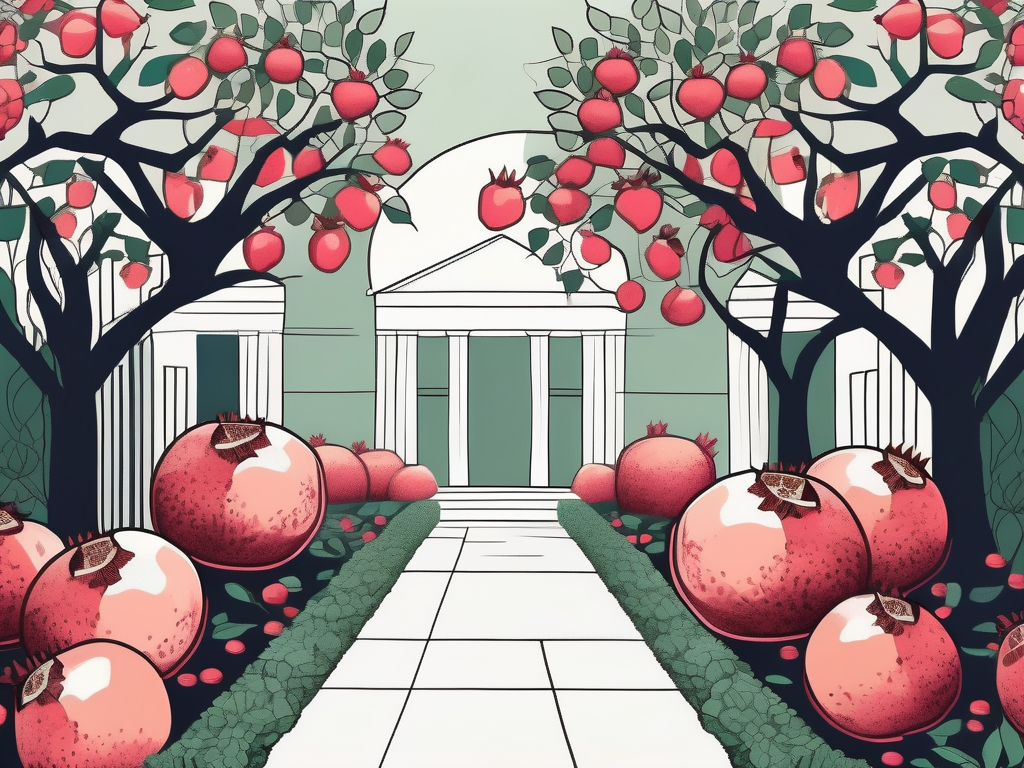Bastet, the Egyptian God, continues to captivate the imagination with her fascinating mythology and rich symbolism. In this article, we will delve into the origins, roles, and influence of the legendary goddess known as Bastet. Prepare to embark on a journey through the ancient lore and cultural significance of this enigmatic deity.
Understanding the Myth of Bastet
At the heart of Bastet’s story lies a rich tapestry of myth and legend. Let’s uncover the origins of this divine entity in Egyptian mythology, a pantheon brimming with captivating characters and intricate webs of tales.
The Origin of Bastet in Egyptian Mythology
Bastet, also spelled as Bast or Baset, first emerged in the ancient Egyptian pantheon during the Second Dynasty. She was initially depicted as a fierce lioness, bearing both protective and aggressive qualities. Over time, her image transformed, and she came to embody the graceful form of a domestic cat.
This metamorphosis represented the duality inherent in her nature: it showcased her nurturing and protective aspects, symbolizing both motherhood and the fierce defender of the pharaoh. Egyptian mythology describes her as the daughter of the sun god, Ra, and the goddess of war, Sekhmet.
Legend has it that Bastet’s transformation into a domestic cat was a result of her desire to protect the pharaoh while also embodying the qualities of a nurturing mother. This change in form allowed her to be both fierce and gentle, a balance that resonated deeply with the ancient Egyptians.
As a lioness, Bastet was associated with the sun and its life-giving properties. She was believed to possess the power to ward off evil and protect the pharaoh’s reign. However, her transformation into a cat brought forth a new set of attributes. Cats were highly regarded in ancient Egypt for their ability to hunt and protect homes from vermin, making Bastet the ideal guardian of households.
It is said that Bastet’s connection to the domestic cat also represented her association with fertility and the cycle of life. Cats were known for their reproductive abilities, and Bastet’s nurturing qualities extended to mothers and children. She was seen as a protector of childbirth and a symbol of the life-giving forces of nature.
The Role and Significance of Bastet
As a goddess, Bastet played multifaceted roles in ancient Egypt, each of them vital to the Egyptian way of life. One of her primary functions was to safeguard the pharaoh and the land from malevolent forces. Egyptians believed that her presence brought protection and prosperity.
Depictions of Bastet often showed her holding a sistrum, an ancient musical instrument associated with joy and celebration. This symbolized her role as a bringer of happiness and harmony. It was believed that her presence would ward off evil spirits and ensure a peaceful existence.
Bastet’s nurturing qualities were also highly revered. She was often seen as the guardian of households, mothers, and children. In this aspect, she embodied the essence of fertility and creation. Ancient Egyptians would often pray to Bastet for blessings of fertility and protection for their families.
Furthermore, Bastet was associated with the concept of joy and pleasure. She was believed to bring happiness and contentment to the lives of her devotees. Festivals dedicated to Bastet were celebrated with music, dancing, and feasting, creating an atmosphere of merriment and delight.
Overall, Bastet held a significant place in the Egyptian pantheon, representing the delicate balance between ferocity and tenderness, protection and nurturing. Her multifaceted nature made her a beloved and revered goddess, embodying the qualities that the ancient Egyptians valued and sought in their daily lives.
The Iconography of Bastet
Visual representations play a crucial role in understanding the mystique surrounding Bastet. Ancient art offers us a window into how this deity was perceived and venerated by the Egyptians.
When examining the depictions of Bastet in ancient art, one cannot help but be captivated by the intricate details and skillful craftsmanship. The artists of ancient Egypt were able to capture the grace and elegance of domestic cats in their representations of the goddess. Bastet, often depicted as a woman with the head of a lioness or a domestic cat, exuded a sense of power and majesty.
These artistic representations of Bastet not only showcased her physical beauty but also reflected her dual nature. As a goddess of protection, she was revered for her ability to safeguard her devotees from harm. The artists skillfully conveyed this aspect of her character through the confident and regal stance of the feline form.
Amulets, statues, and tomb paintings adorned with Bastet’s image were found throughout ancient Egypt, a testament to her enduring popularity and the widespread belief in her protective powers. These artistic renderings served as a constant reminder of Bastet’s presence and the reassurance she provided to those who sought her guidance.
Bastet’s Feline Form: Symbolism and Significance
The choice to portray Bastet as a cat held deep symbolism for the Egyptians. Cats were highly regarded in ancient Egyptian society for their ability to ward off evil spirits and protect against harmful forces. By embodying the essence of these revered creatures, Bastet herself became a symbol of protection and good fortune.
Furthermore, the cat’s association with fertility and sensuality aligned perfectly with Bastet’s role as the goddess of motherhood and feminine power. In ancient Egyptian culture, cats were seen as creatures of sensuality and grace, embodying the inherent mystique and allure of femininity. By depicting Bastet as a cat, the artists not only emphasized her protective nature but also celebrated her connection to the divine feminine.
It is important to note that Bastet’s feline form was not limited to artistic representations alone. In ancient Egypt, cats were revered and worshipped as living manifestations of the goddess. They were kept as household pets and were believed to bring blessings and good fortune to their owners. The presence of a cat in a home was seen as a direct connection to Bastet herself, a constant source of protection and guidance.
As we delve deeper into the iconography of Bastet, we begin to unravel the layers of symbolism and significance that surround her feline form. From her portrayal as a powerful and protective deity to her association with femininity and sensuality, Bastet’s image in ancient art serves as a testament to the profound impact she had on the lives of the ancient Egyptians.
Bastet’s Influence on Ancient Egyptian Society
Bastet’s influence extended beyond myth and art, shaping various aspects of ancient Egyptian society, from religious practices to literature and folklore.
Bastet’s Impact on Religion and Worship
As a deity, Bastet held a prominent place in religious rituals and ceremonies. Temples were erected to honor her, serving as centers for worship and pilgrimage. The cult of Bastet was particularly prevalent in the city of Bubastis, where she was the main deity of worship.
Worshipers offered gifts and sacrifices to seek her protection and blessings, believing that she held the power to bestow fertility, abundance, and good health.
Bastet’s Role in Egyptian Literature and Folklore
Bastet’s influence extended to the realm of ancient literature and folklore, where she often appeared in captivating tales and legends. Her stories were woven into the fabric of everyday life, imparting moral lessons and teaching about the importance of balance and harmony.
These myths and narratives further solidified Bastet’s position as a revered and beloved goddess among the ancient Egyptians, ensuring her legacy for generations to come.
The Temples and Festivals of Bastet
Discover the grandeur of the cult centers dedicated to Bastet and the vibrant festivals held in her honor.
The Cult Centers of Bastet
The city of Bubastis in the Nile Delta housed one of the most significant cult centers of Bastet. The sprawling complex stood as a testament to the devotion and reverence the Egyptians held for their feline goddess.
These magnificent structures provided a gathering place for devotees to pay homage and connect with Bastet’s divine energy.
Celebrating Bastet: The Bubastis Festival
The Bubastis Festival, the largest and most exciting celebration dedicated to Bastet, was a highlight of the ancient Egyptian calendar. This grand event drew thousands of people from across the region, who traveled to Bubastis to partake in the festivities.
The festival featured music, dancing, feasting, and elaborate processions led by priests and priestesses. The revelers celebrated the power and blessings of Bastet, seeking her favor for the year ahead.
Bastet’s Legacy in Modern Culture
Even in the modern era, Bastet’s allure persists, as her captivating mythology continues to inspire artists, writers, and enthusiasts.
Bastet’s Influence on Contemporary Art and Literature
Contemporary artists and authors draw upon the essence of Bastet, incorporating her symbolism and archetypal qualities into their works. She is a muse for many creators who seek to capture the mystique and power associated with ancient Egyptian mythology.
From paintings to novels, her influence can be seen in a multitude of artistic endeavors, keeping the spirit of Bastet alive and relevant in today’s cultural landscape.
The Modern Interpretation of Bastet’s Mythology
While the myths and legends surrounding Bastet have evolved over time, her timeless allure remains intact. Modern interpretations explore her symbolism in the context of feminism, spirituality, and personal empowerment.
People find solace and inspiration in her story, connecting with the resilience and strength that she embodies. Bastet’s mythology continues to evolve and resonate with individuals seeking a deeper understanding of the divine feminine.
In Conclusion
As we have journeyed through the captivating mythology and legacy of Bastet, we have unearthed the layers of symbolism and cultural significance that surround this revered Egyptian goddess. Bastet embodies the duality of a fierce protector and a nurturing mother, and her influence extends far beyond the ancient pantheon.
From the grand temples dedicated to her worship to the vibrant festivals held in her honor, Bastet’s legacy is woven into the fabric of ancient Egyptian culture. And even today, her mystique continues to capture the hearts and imaginations of those who seek wisdom and inspiration from the divine feminine.
So, let us embrace the essence of Bastet, and may her timeless spirit guide us on our journey of self-discovery and empowerment.


